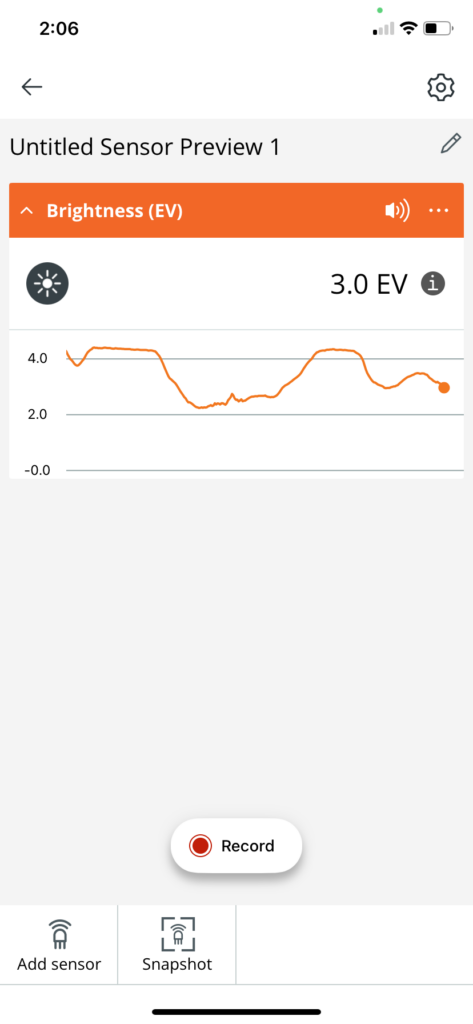Arduino Science Journal:
Today we looked into ways our digital devices can be a tool and or a distraction. I had the opportunity to work through an Arduino Science Journal. I chose to work through a module on light. I chose the topic shadows, as it said it was appropriate for students Pre-K to 12+. I was interested in seeing how this tool works. I want to teach grades 1 and 2 so I was curious if this would be too hard. Arduino is a creative and engaging way to take notes and work through a lesson. There is also a wide range of topics to choose from. Here is the link to the Light Modulal on Arduino.
My Work:
Here is a screenshot of part of the shadow activity I did. It shows the graph of a brightness sensor. As I moved my phone closer and farther away from my shadow the lines on the graph moved too.

Arduino in a Grade 1 Classroom?
Arduino would be great for older students. However, grade 1 students would find this extremely challenging and would need help to work through it. The teacher could adapt it to fit a grade 1 class by projecting the lesson and working on it as a class. I found the topic of shadows interesting and think grade 1 students would as well. They just aren’t able to complete this on their own. I had trouble figuring out the app, which tells me a six-year-old would too. This app could be good in a middle school or highschool, and possibly upper elementry if you have the right class.
Accesability:
Arduino may not be accessible to all students. For this app to work, each student would need access to their device, whether an iPod, iPhone, or tablet. Most kids in lower elementary school do not own these devices and don’t bring them to school if they do. This means if the school can’t supply enough devices for each student, the lesson won’t work how it’s supposed to.